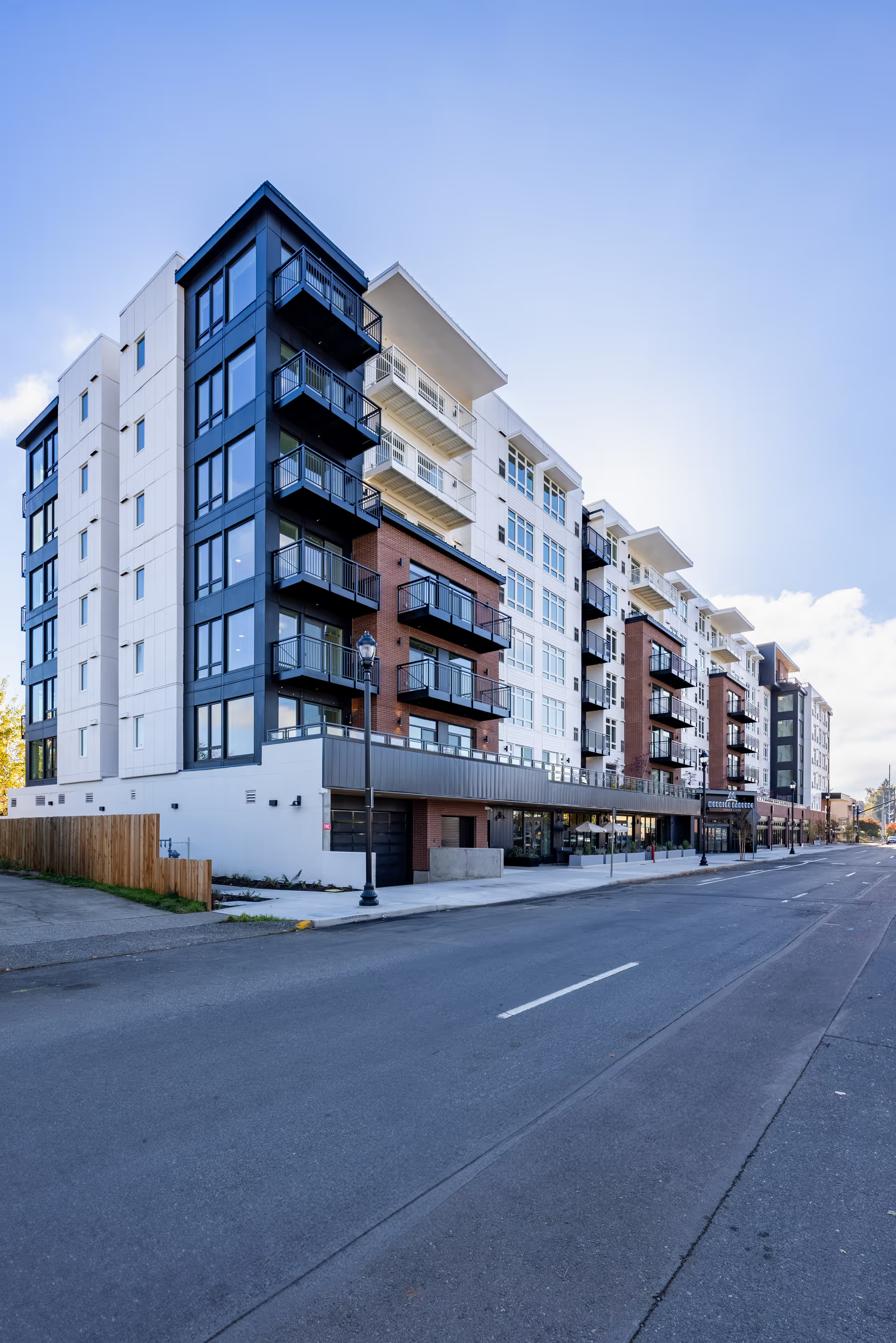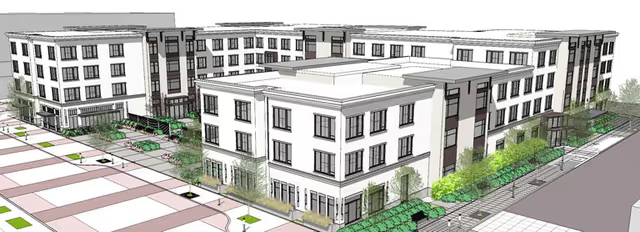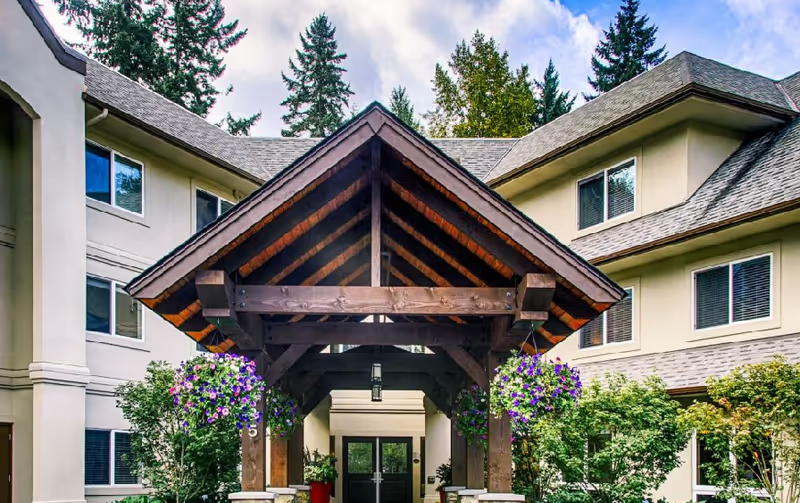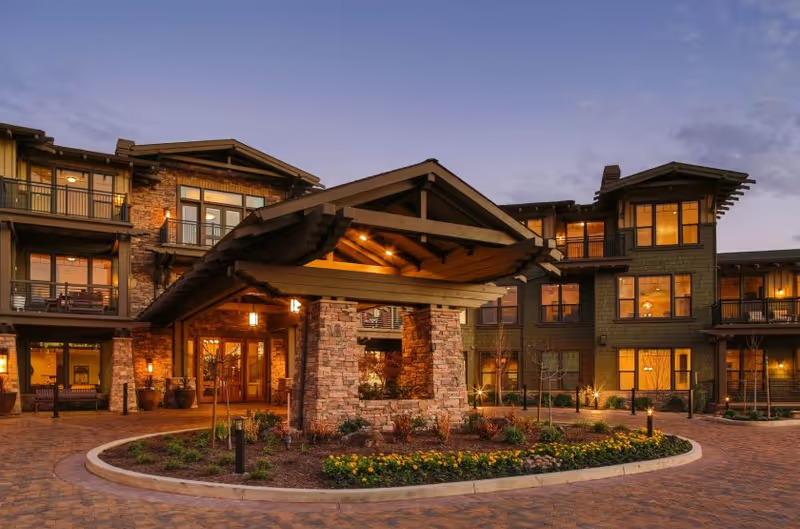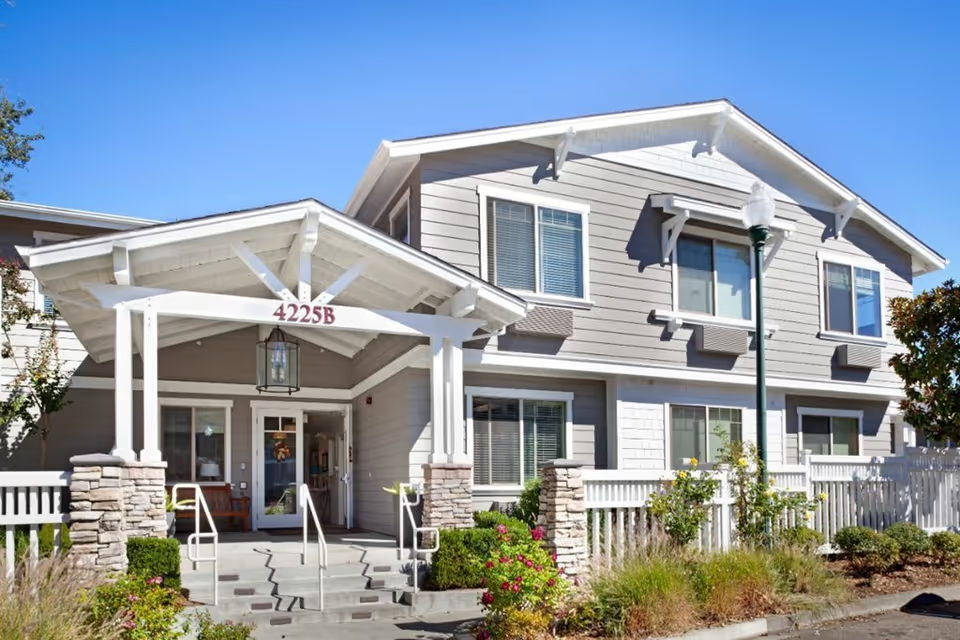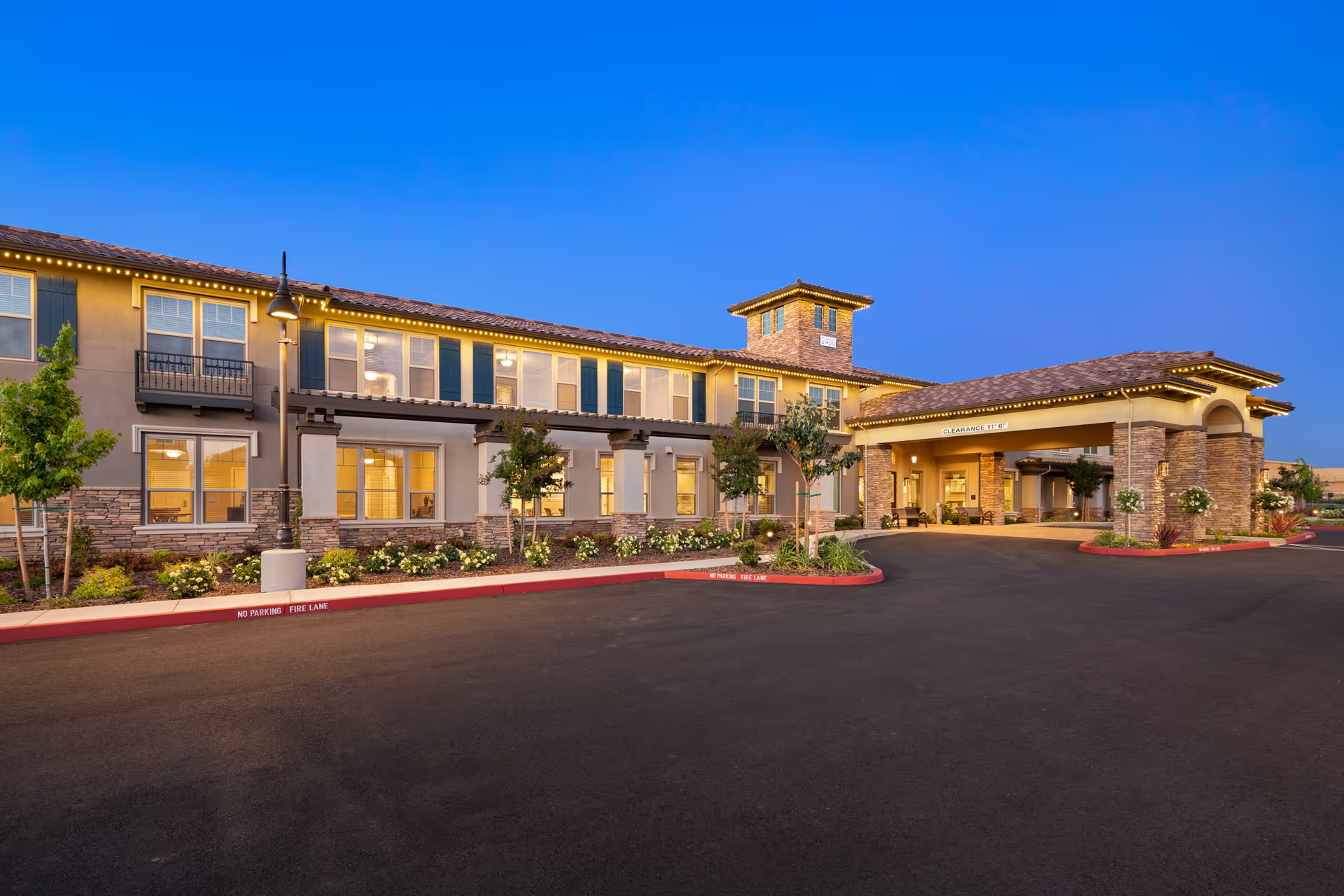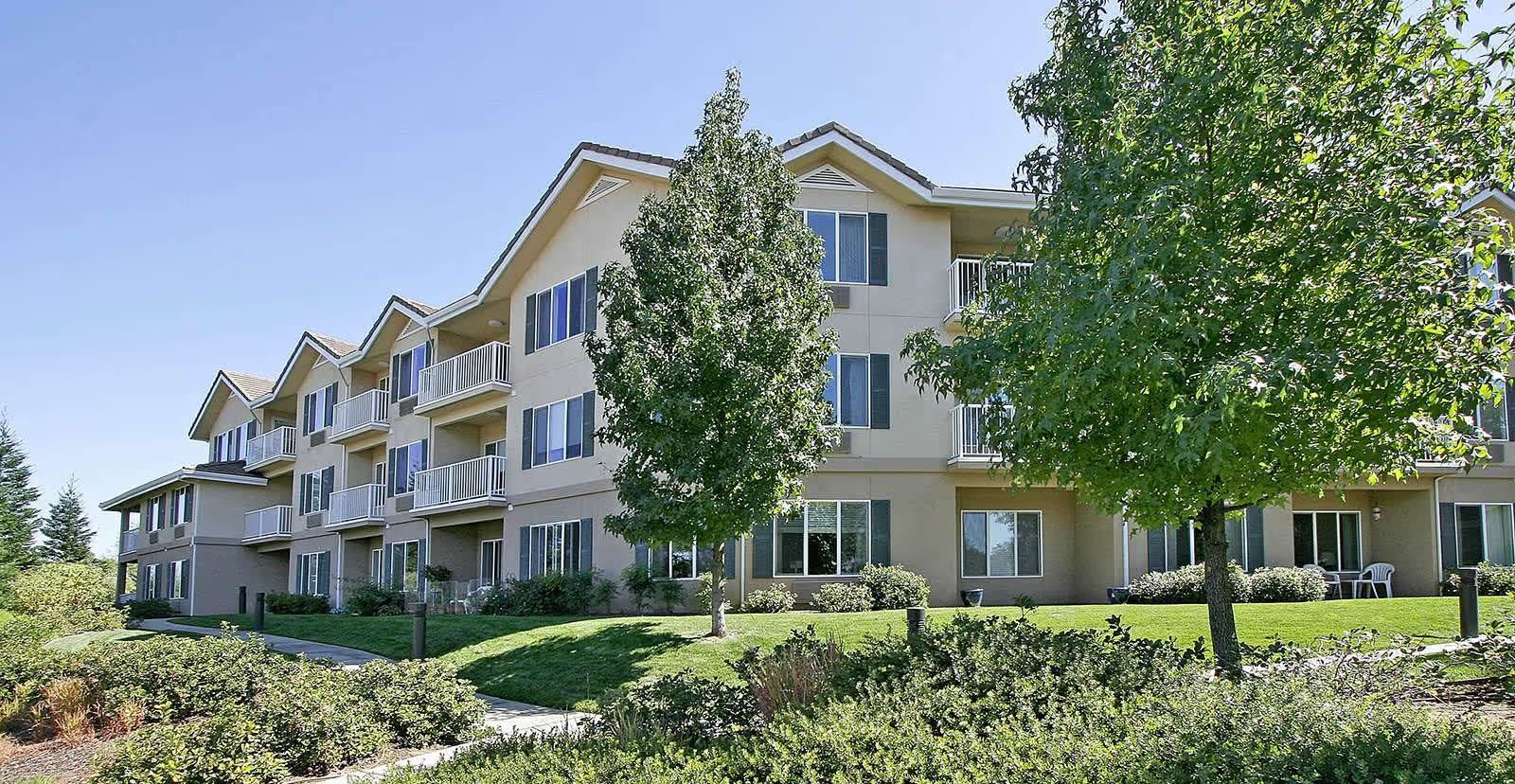Overall sentiment across the reviews is mixed but leans positive, with a large proportion of families praising the caregiving staff, programming, and many aspects of the facility—while a smaller but serious subset of reviews reports critical safety, staffing, cleanliness, and policy issues. Most reviewers highlight compassionate, attentive, and often long-tenured staff who create a home-like environment, maintain continuity of care, and form genuine connections with residents. Multiple families singled out strong memory-care expertise, frequent individualized attention, and reliable daily routines that improved residents' quality of life. There are numerous consistent compliments about engaging activities, from daily games and live music to bus outings like Wildlife Safari and holiday light tours, which many families say reduced loneliness and increased socialization for residents.
Care quality and staffing: Many reviews emphasize excellent hands-on care—caring nurses, responsive aides, and strong leadership (several reviewers named the director Sarah positively). Families reported quick communications, detailed updates on health and appointments, and staff who knew residents by name and preferences. Conversely, a number of reviews describe severe staff shortages, inconsistent staffing levels, and resulting lapses in safety or basic care. The negative reports include alarming safety incidents (unauthorized persons in resident rooms, residents found in another person’s bed, banging on doors), delayed or inadequate responses to falls, residents left cold at meals, and caregivers stretched too thin. This pattern suggests variability in staffing reliability and raises significant concerns about safety and oversight in some cases.
Facilities and cleanliness: Many reviewers praise the interior environment—recent renovations, bright airy decor, saltwater aquarium and piano, built-in cabinetry, inviting common rooms, and well-appointed memory-care neighborhoods. Numerous accounts note immaculately clean interiors, attractive dining rooms, and pleasant courtyards and garden stations. At the same time, several other reviewers reported dirty bathrooms, strong odors, unusable beds, and exterior neglect (weeds, dead lawn). These conflicting impressions indicate that cleanliness and maintenance may be uneven across units or over time; some families experienced a polished, hotel-like facility while others encountered unacceptable conditions.
Dining and activities: Dining receives uniformly strong praise from many reviewers: high-quality meals, personalized meal options (including vegetarian choices), and pleasant dining experiences. Activities programming is a standout strength, with a wide variety of offerings—live entertainers, music visits, crafts, exercise, field trips, and holiday-focused programming—designed to support cognitive and emotional well-being. Reviewers frequently cited outings (Wildlife Safari, museums, light tours) and on-site special events as meaningful quality-of-life contributors.
Management, communication, and policies: The majority of reviews commend proactive directors and strong communication (weekly messages and quick follow-ups). Several families reported excellent administrative interactions and thoughtful gestures supporting transitions. However, a subset of reviews describe negative administrative behavior: unfriendly executive leadership, perceived snarkiness about policies (for example, vaccination rules), undisclosed policies at intake, and abrupt denials of family access after incidents (one review stated family access was denied for eight days). Visiting restrictions—appointment-only visiting windows, being closed to visitors on Sundays—were explicitly cited and caused distress for some families. Price transparency is another recurring theme: while some reviewers noted pricing as high but transparent, others reported abrupt price increases (one cited prices tripling) and unexpected charges (a dress charge), making cost predictability a concern.
Safety and security: Opinions diverge—some reviewers point out robust safety features (double-lock security, round-the-clock supervision), while others recount grave safety lapses. The most serious complaints describe unauthorized individuals in rooms, residents found in the wrong beds, and inadequate post-fall care. Taken together, these reports indicate a need for prospective families to ask specific questions about staffing ratios, incident protocols, and unit-level supervision during tours.
Patterns and recommendations for families considering Brookdale Roseburg: The dominant positive themes are strong personal care from many staff members, engaging programming, and high-quality meals in a generally bright, renovated facility. However, the recurring negative reports—particularly about staffing shortages, inconsistent cleanliness/maintenance, safety-related incidents, restrictive visitation policies, and price increases—are notable and serious. The reviews suggest variability in resident experience that could reflect differences between units (memory care vs assisted living), changes over time, or inconsistent management practices across shifts.
In summary, Brookdale Roseburg appears to offer an excellent, activity-rich, and compassionate environment for many residents, with particularly strong praise for memory care, staff engagement, and dining. At the same time, there are substantive concerns voiced by multiple families about staffing sufficiency, safety incidents, cleanliness inconsistency, policy transparency, and cost increases. Prospective families should weigh the positive reports of individualized care and programming against the negative reports of lapses in staffing and safety, and should ask targeted questions and perform an in-person observation focused on cleanliness, staffing levels, security measures, visitation policies, and recent incident resolution practices before making placement decisions.
